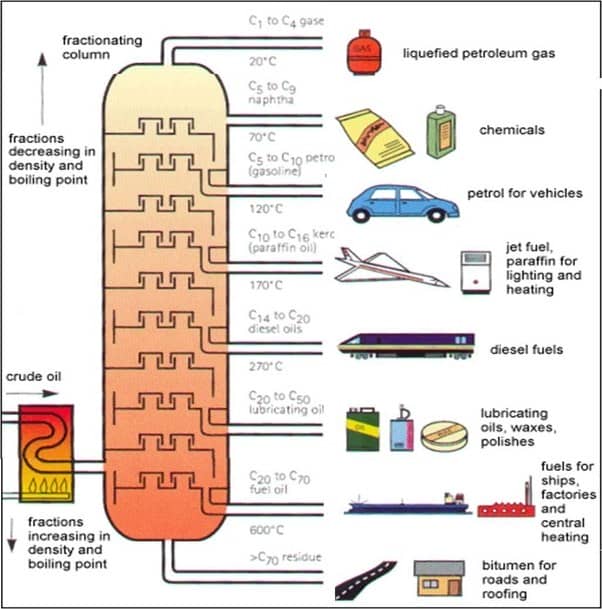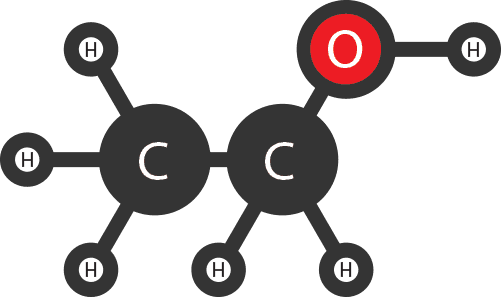If you own a rusty old car, you might have daydreamed of running it on jet fuel, imagining it to transform into a rocket. Well, hold your horses or imaginary rocket car in this case. Science has the answer to turning your dreams into reality or not. Let’s find out.
Generally speaking, Motor Fuels consists of three families, Diesel, kerosene, and gasoline. The distribution of families relies on molecular weight, the control process it passes through, how refined it is, the level of blending and additives involved.
Diesel Family contains the Highway Diesel and a range of home heating oil. Diesel Engines or compression-ignition engines use Diesel fuel for transportation.
The kerosene family is close relatives of Diesel, including Jet A, which is high purity kerosene prepared to exhibit specific physical properties, to fuel the jet turbine engines. If the production of jet-A results in less purified form of kerosene, it will be recycled as a highway diesel. Much like diesel, Jet A can be used in compression ignition piston engines, other than more suitable turbine engines.
The Gasoline Family is further divided into Avgas, Autogas and Gasohol, all produced for the spark ignition engines.

Hence we can safely say that both gasoline and jet fuel are derived from different stages of oil refinement. Jet fuel is mostly kerosene. And theoretically, jets and cars can both use same fuel. However, the environmental factors may not leave the entire situation possible. Flight temperatures of a plane can drop 30? C below; at this point the gasoline will freeze, halting the combustion all together. This less likeliness towards aggression shown by Kerosene or more precisely by Jet A is why it’s safe to be used in planes.
The additives we talked about earlier, especially the one used in Jet fuels to avoid any surprises midair, are de-icing agents, antibacterial agents, anti-corrosive and anti-static agents.
Alternatively, a car can run on jet fuel if it contains diesel engine.Kerosene jet fuel, being a purer derivative of diesel, can allow the car to function properly.

Consequently, the difference between the both fuels lies at the molecular arrangements of hydrocarbons due to the level of refinement and the additives that are used. The origin of both fuels from crude oil and the purpose to run their respective engines remains the same.
Credits: Aviation


